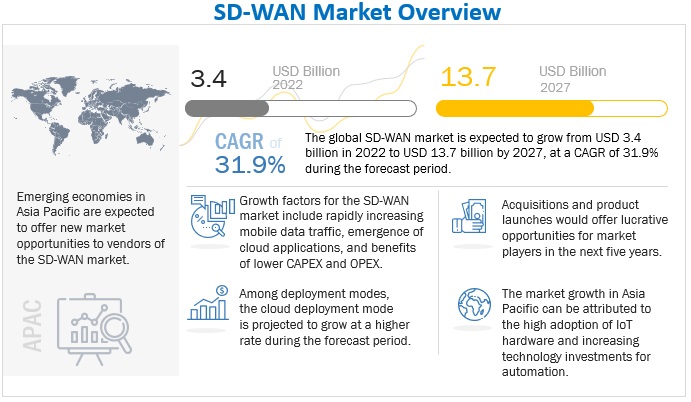Revolutionizing Connectivity: The Role of 5G in Satellite Communications
telcomatraining.com – In an era defined by digital transformation and data-driven innovation, the demand for fast, reliable, and widespread internet connectivity is higher than ever. While traditional broadband networks have limitations, especially in remote or underserved areas, the fusion of 5G technology and satellite communications is set to redefine global connectivity. This groundbreaking integration is not just an upgrade—it’s a revolution.
The Evolution of Satellite Communications
For decades, satellite communication has served as a critical backbone for broadcasting, navigation, and remote data transmission. However, limitations in bandwidth, high latency, and costly infrastructure have often made it less attractive compared to terrestrial networks.
But that narrative is changing. The rise of low Earth orbit (LEO) satellite constellations, like those deployed by Starlink, OneWeb, and Amazon’s Project Kuiper, has drastically improved the performance and reach of satellite networks. These innovations pave the way for a seamless merger with 5G technology, promising faster speeds and lower latency on a global scale.
What Does 5G Bring to the Table?
5G is the fifth generation of mobile networks, designed to provide ultra-fast internet speeds, low latency, and massive device connectivity. While it has mostly been associated with smartphones and urban areas, its real power emerges when combined with satellite infrastructure.
Here’s how 5G enhances satellite communications:
- Low Latency: One of the most significant challenges with traditional satellite networks has been high latency due to the long distances data must travel. 5G technology, especially when paired with LEO satellites, reduces this latency significantly, making real-time communication like video conferencing and remote surgery feasible even in isolated areas.
- Greater Bandwidth: 5G networks can handle significantly more data than previous generations. This improvement allows satellites to deliver high-definition content, real-time updates, and uninterrupted service to more users simultaneously.
- Global Reach: While terrestrial 5G is limited to areas with infrastructure, satellite-backed 5G can offer coverage to oceans, deserts, and other remote regions. This is crucial for applications such as maritime communications, aviation, military operations, and disaster response.
- Edge Computing Compatibility: 5G supports edge computing, allowing data processing to occur closer to the user rather than at a central server. Satellites equipped with edge computing capabilities can deliver faster response times and reduce backhaul congestion.
Use Cases and Applications
The synergy between 5G and satellite communication opens new possibilities across industries:
- Smart Agriculture: Farmers in rural areas can now access real-time data on weather, soil, and crop conditions, enhancing productivity and sustainability.
- Disaster Recovery: In the wake of natural disasters, when terrestrial networks are often down, satellite-enabled 5G can restore critical communication rapidly.
- Connected Vehicles: Autonomous cars and aerial drones can maintain constant communication regardless of location, increasing safety and efficiency.
- Remote Education and Healthcare: Students and patients in underserved regions gain access to quality education and telemedicine services, bridging the digital divide.
Challenges to Overcome
Despite the promise, there are challenges to integrating 5G with satellite systems:
- Spectrum Allocation: Managing frequency spectrum between terrestrial and satellite services requires global coordination to prevent interference.
- Cost of Deployment: Launching satellite constellations and building compatible ground stations can be capital intensive.
- Standardization: Ensuring seamless interoperability between 5G networks and satellite systems demands global standards and collaboration.
Looking Ahead
The convergence of 5G and satellite communications is not just a technological trend—it is a critical step toward global digital inclusivity. Governments, telecom companies, and space agencies are increasingly investing in this integration to ensure that no one is left behind in the digital revolution.
As the infrastructure continues to evolve, and as regulatory and technical hurdles are overcome, the impact of this hybrid model will be profound. From transforming how we communicate to unlocking innovation in countless industries, 5G-enabled satellite networks are truly revolutionizing global connectivity.







